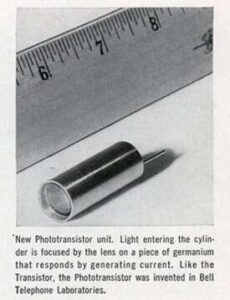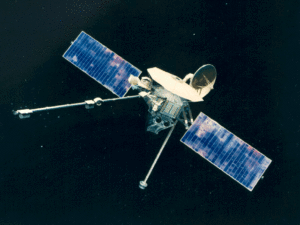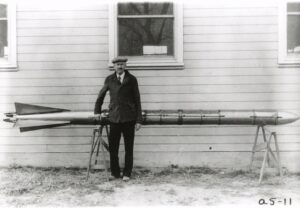Archive for March 2024
Free … Your … Mind
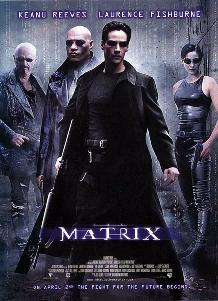
The hugely successful motion picture, The Matrix, is released on this day. Many call it a classic (ok, that’s me), many call it influential (ok, me again), but no one can deny the impact it had on many aspects of our society from the emerging tech culture, to the movie industry, to science-fiction, to political thinking. The Matrix won 4 Oscars, grossed over $463 million on a budget of $63 million, and was the first DVD to sell over 3 million copies. And who could forget some of the great quotes from this movie, including “Free … your … mind”, “Dodge this”, “There is no spoon”, “Don’t think you are – know you are”, “Welcome … to the real world”, “I know kung fu”, and “You take the red pill – you stay in Wonderland and I show you how deep the rabbit-hole goes.”
Microsoft Bob is Spawned
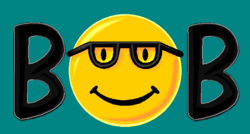
Microsoft releases their epically ill-fated software package, “Bob“, whose name will forever live in infamy. Given the tide of popularity and visibility Microsoft was riding on the way to releasing Windows 95 later that year, Bob was the first highly visible flop from Microsoft. Future flops from Microsoft included Windows ME, the Zune, and Windows Vista to name a few. While Bob was “killed” only a year later, many of the ideas that went into Bob were salvaged by Microsoft, most notably the “Clippy” assistant, which was perhaps as equally as derided by computer users. Read this excellent write-up on the history of Bob.
First Electrically Lighted City
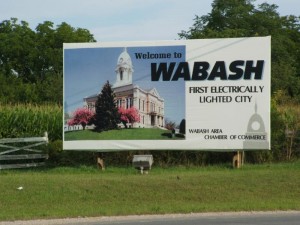
Wabash, Indiana becomes the first city in the world to be completely illuminated by electric lighting. And the light was good.
UNIVAC Unveiled
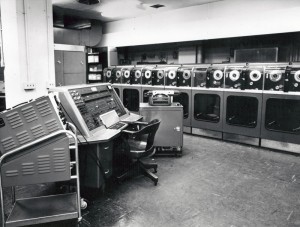
The first commercial computer, UNIVAC, is received by the US Census Bureau. Short for UNIVersal Automatic Computer, UNIVAC used over 5,000 vacuum tubes, weighed 16,686 pounds, consumed 125 kW of electricity, and could perform about 1,905 operations per second running on a 2.25 MHz clock. It was 14 feet long, 7 feet wide, and 8 feet tall.
Developed by J. Presper Eckert and John W. Mauchly, who had designed the first fully electronic computer ENIAC during World War II, the duo had formed a company in 1946 to develop a computer for the Census Bureau. Originally expected to take 6 months to begin development, it took 2 years to complete the study to design the computer. In 1950 Eckert and Mauchly sold their company to typewriter manufacturer Remington Rand and continued their work within the corporation’s calculating machine division. In 1952 the UNIVAC became famous for correctly predicting the results of the presidential election, contradicting the expected Gallup Poll results, and made the general public aware of the advancement of electronic computers.
Interestingly enough, the Census Bureau had driven the development of devices that eventually led to computers since the 1890’s and Herman Hollerith’s Punch Card Calculator.
Invention of the Phototransistor
Bell Telephone Labs announces the phototransistor, invented by Dr. John Northrup Shive. Often called an “electric eye”, a phototransistor is activated by light rather than electricity. It found early use in telephone switching systems for long distance service, allowing operators to quickly direct dial phones in distant cities. Today phototransistors find many uses in a variety of technologies such as computers, robotics, and industry.
TRS-80 Model 100 Introduced
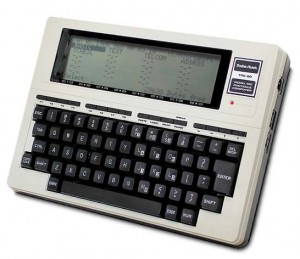
Radio Shack introduces the TRS-80 Model 100, one of the first portable computers in a notebook-style form factor. The portability, simplicity, and built-in modem of the Model 100 made it very popular with journalists who could write stories in the field and transmit them back to their offices. Incidentally, in the early 90’s I acquired a Model 100 that had been used by a newspaper. I was able to use it to code simple programs, write papers, and use the modem to connect to bulletin board systems of the time. I currently have 2 of these models – still in good working order! Good times, good times.
First Flyby of Mercury
Mariner 10 becomes the first spacecraft to flyby the planet Mercury. At a range of 437 miles, Mariner 10 was able to send back the first close up images of Mercury indicating a Moon-like surface of craters and ridges. Until Mariner ran out of fuel and contact terminated about one year later, it made two more flybys of Mercury returning over 2,700 pictures of the innermost planet in our solar system.
Mariner 10 also was famous for many other firsts:
- The first spacecraft to use the gravity of one planet (Venus) to reach another (Mercury)
- The first spacecraft to return data on a long-period comet (Kohoutek)
- The first mission to explore two planets (Mercury and Venus) during a single mission
- The first spacecraft to use a gravity assist to change its flight path
- The first spacecraft to return to its target after an initial encounter
- The first probe to use the solar wind as a major means of spacecraft orientation during flight
Kodak Releases DC40
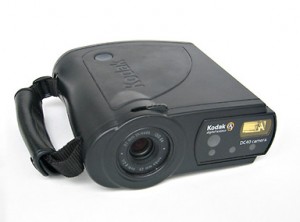
Kodak releases the DC40 camera, which is only the second digital camera for the consumer market. While introduced over a year after Apple’s QuickTake 100 camera, it was Kodak’s marketing that was largely responsible for popularizing digital photography in the mid to late 1990’s.
First Gyroscope Controlled Rocket Launch
Robert Goddard, considered the father of modern rocketry, successfully launches the first gyroscope controlled rocket. His A-5 rocket flew to an altitude of 4,800 feet, flew horizontally for 13,000 feet and reached a speed of 550 miles per hour. Gyroscopic technology is critical for the stabilization of modern flight systems in airplanes and spacecraft.
20-Year Old Bill Gates Gives Address
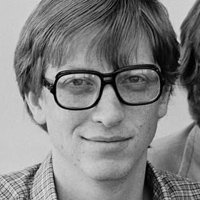
Bill Gates gives the opening address at the First Annual World Altair Computer Convention in Albuquerque, New Mexico, giving a talk about software piracy.
In early 1975 Gates had been a student at Harvard but along with Paul Allen developed a version of the BASIC language for the MITS Altair computer. They demoed it to MITS in March of that year and MITS agreed to distribute it then hired Gates and Allen to continue development. Gates and Allen soon moved to Albuquerque to form Microsoft (originally “Micro-Soft”) since MITS’s headquarters was also located in Albuquerque.

